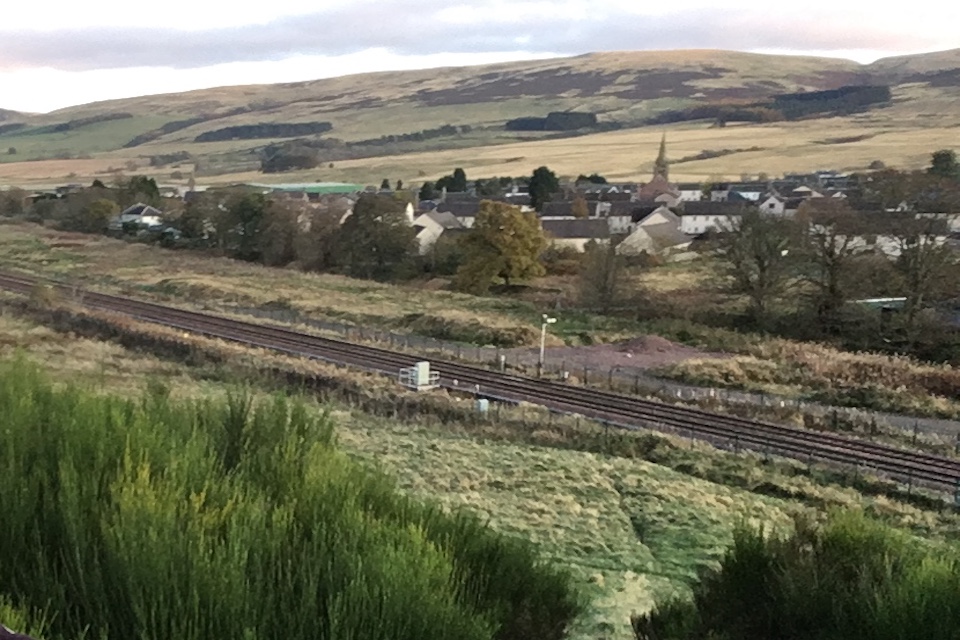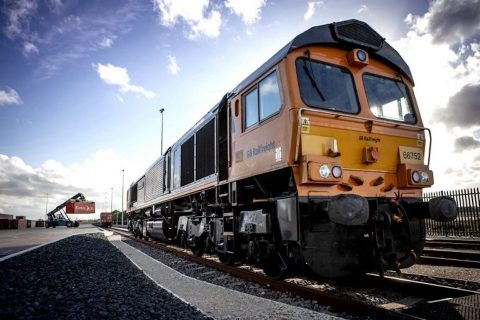Joy over Scottish freight terminal watered down by criticism

There was much fanfare over the long-awaited and much-celebrated opening of the freight terminal at Highland Spring, the water bottling plant in rural Scotland. However, the facility has had some even colder water poured on it. Political rivals claim the terminal’s environmental credentials are tainted by the nature of the business it supports and has questioned the public money spent on supporting the development.
Do you want to read the full article?
Thank you for visiting RailFreight.com. Become a member of RailFreight Premium and get full access to all our premium content.
Are you already a member?
Having problems logging in? Call +31(0)10 280 1000 or send an email to customerdesk@promedia.nl.




